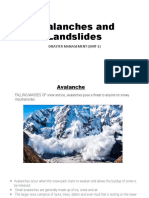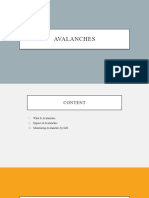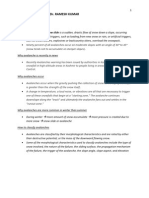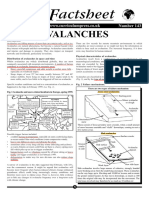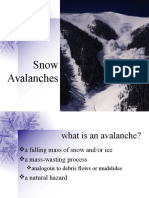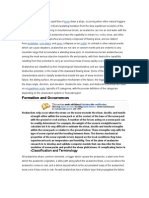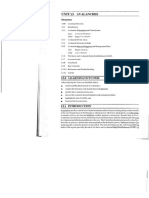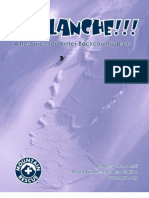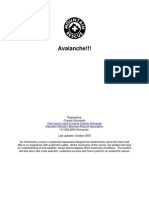0% found this document useful (0 votes)
69 views11 pagesAvalanche
An avalanche is a rapid flow of snow down a hill or mountainside that can be caused by weather, terrain, snowpack stability, and human factors. The types of avalanches include slab, loose snow, and wet snow avalanches. Avalanches are most likely to occur on slopes between 30-45 degrees and in the 24 hours after a heavy snowstorm. Avalanches can cause loss of life, property damage, block roads, create floods, and impact tourism by destroying flora and fauna. Avalanche management includes land use planning, hazard assessments, monitoring, public education, emergency response, and afforestation.
Uploaded by
Abdul Haseeb AnsariCopyright
© © All Rights Reserved
We take content rights seriously. If you suspect this is your content, claim it here.
Available Formats
Download as PPTX, PDF, TXT or read online on Scribd
0% found this document useful (0 votes)
69 views11 pagesAvalanche
An avalanche is a rapid flow of snow down a hill or mountainside that can be caused by weather, terrain, snowpack stability, and human factors. The types of avalanches include slab, loose snow, and wet snow avalanches. Avalanches are most likely to occur on slopes between 30-45 degrees and in the 24 hours after a heavy snowstorm. Avalanches can cause loss of life, property damage, block roads, create floods, and impact tourism by destroying flora and fauna. Avalanche management includes land use planning, hazard assessments, monitoring, public education, emergency response, and afforestation.
Uploaded by
Abdul Haseeb AnsariCopyright
© © All Rights Reserved
We take content rights seriously. If you suspect this is your content, claim it here.
Available Formats
Download as PPTX, PDF, TXT or read online on Scribd
/ 11






